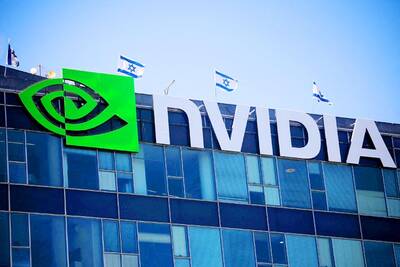The Kaohsiung Harbor handled 10.27 million 20-foot containers last year, 1.9 percent less than a year earlier amid the establishment of new worldwide shipping alliances and a consolidation in the shipping industry, the Chinese-language Liberty Times (the sister newspaper of the Taipei Times) reported on Saturday.
The nation’s largest port, ranked the 17th-busiest container port in the world in 2016, saw its ranking improve to 13th in the first half of last year, the Liberty Times said.
It did not specify where the port stood in world rankings for the whole of last year, citing a lack of available data.
However, Kaohsiung might have seen its ranking fall two notches in the second half, overtaken by Antwerp, Belgium, and Xiamen, China, the report said.
PROUD HISTORY
The port was the world’s No. 3 container port during the 1980s, but lost its position in the top 10 in the late 2000s, due to reduced manufacturing activities in Taiwan and also because neighboring countries, especially China, boosted capacity at their ports or built new ports.
GRADUAL RETURN
Taiwan International Ports Corp (TIPC, 台灣港務) president Kuo Tien-kuei (郭添貴) told the Liberty Times that he was not happy with the decline in container volume at the harbor last year.
State-run TIPC is headquartered in Kaohsiung and oversees all of the nation’s international seaports.
However, sea freight traffic in Kaohsiung gradually stabilized in the second half of last year as TIPC sought to collaborate with major shippers to cope with changes in the global shipping industry, Kuo said.
NEEDED UPDATES
The port’s container wharfs need a makeover to accommodate larger cargo ships, and TIPC is working with international shipping companies and experienced port service companies to set up business at Kaohsiung Harbor’s No. 7 container terminal, Kuo said.
Once that terminal begins operations later this year, it is expected to provide high-efficiency, low-cost loading and unloading operations, TIPC said.
It is expected to attract at least NT$15 billion (US$508.1 million) in operation facilities and equipment investment, the corporation said.

Shares in Taiwan closed at a new high yesterday, the first trading day of the new year, as contract chipmaker Taiwan Semiconductor Manufacturing Co (TSMC, 台積電) continued to break records amid an artificial intelligence (AI) boom, dealers said. The TAIEX closed up 386.21 points, or 1.33 percent, at 29,349.81, with turnover totaling NT$648.844 billion (US$20.65 billion). “Judging from a stronger Taiwan dollar against the US dollar, I think foreign institutional investors returned from the holidays and brought funds into the local market,” Concord Securities Co (康和證券) analyst Kerry Huang (黃志祺) said. “Foreign investors just rebuilt their positions with TSMC as their top target,

REVENUE PERFORMANCE: Cloud and network products, and electronic components saw strong increases, while smart consumer electronics and computing products fell Hon Hai Precision Industry Co (鴻海精密) yesterday posted 26.51 percent quarterly growth in revenue for last quarter to NT$2.6 trillion (US$82.44 billion), the strongest on record for the period and above expectations, but the company forecast a slight revenue dip this quarter due to seasonal factors. On an annual basis, revenue last quarter grew 22.07 percent, the company said. Analysts on average estimated about NT$2.4 trillion increase. Hon Hai, which assembles servers for Nvidia Corp and iPhones for Apple Inc, is expanding its capacity in the US, adding artificial intelligence (AI) server production in Wisconsin and Texas, where it operates established campuses. This

H200 CHIPS: A source said that Nvidia has asked the Taiwanese company to begin production of additional chips and work is expected to start in the second quarter Nvidia Corp is scrambling to meet demand for its H200 artificial intelligence (AI) chips from Chinese technology companies and has approached contract manufacturer Taiwan Semiconductor Manufacturing Co (TSMC, 台積電) to ramp up production, sources said. Chinese technology companies have placed orders for more than 2 million H200 chips for this year, while Nvidia holds just 700,000 units in stock, two of the people said. The exact additional volume Nvidia intends to order from TSMC remains unclear, they said. A third source said that Nvidia has asked TSMC to begin production of the additional chips and work is expected to start in the second

US President Donald Trump on Friday blocked US photonics firm HieFo Corp’s US$3 million acquisition of assets in New Jersey-based aerospace and defense specialist Emcore Corp, citing national security and China-related concerns. In an order released by the White House, Trump said HieFo was “controlled by a citizen of the People’s Republic of China” and that its 2024 acquisition of Emcore’s businesses led the US president to believe that it might “take action that threatens to impair the national security of the United States.” The order did not name the person or detail Trump’s concerns. “The Transaction is hereby prohibited,”